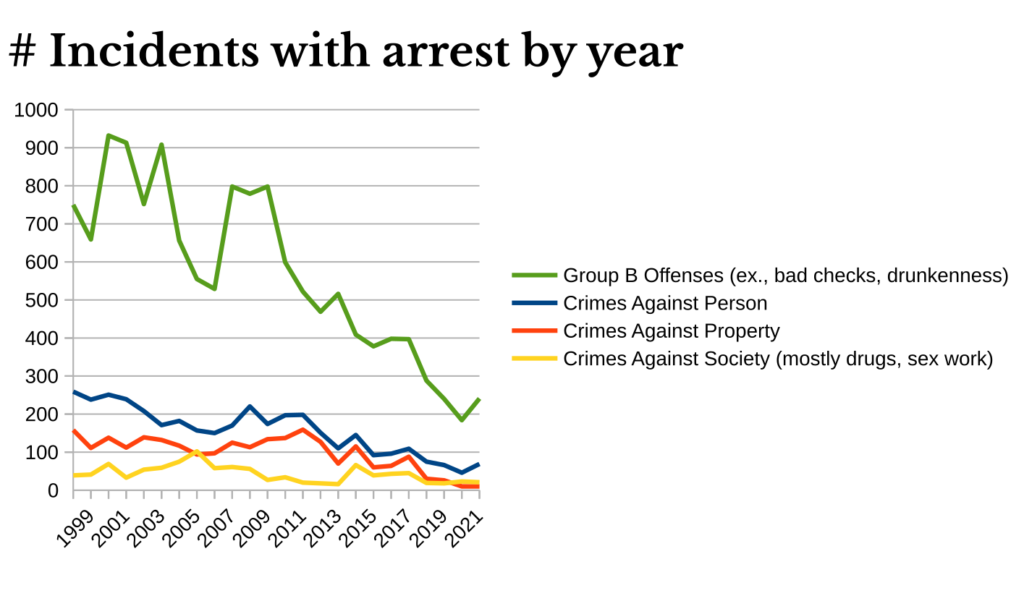After the gross falsehoods and misrepresentations shared by Acting Chief Gordon the last time GPD presented to City Council, we thought we would share some context ahead of time, so that people can more easily follow the claims that Chief Haigh will inevitably make. Please join the meeting tonight if you can! 6:30pm @ John Zon Center and online. Link to agenda, with zoom link, here.
Also, this little quote from GPD’s application for a DOJ grant might be of interest, as you follow along with the discussion tonight:
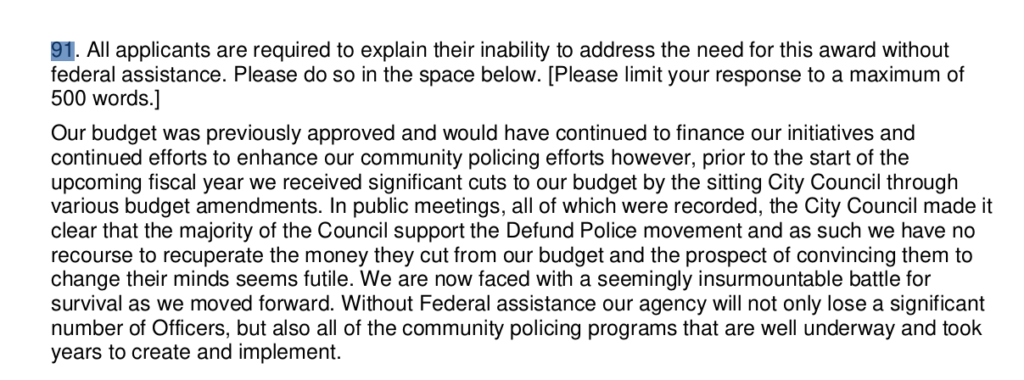
First, a little disclaimer: we do not like to focus on the term “crime,” since that term cedes too much to a criminal legal system that is oppressive and deeply harmful. A better approach is to focus on harm, especially since that helps us identify how the criminal legal system itself is more often a cause of harm, not a remedy. However, sometimes we have to engage the police on their own terms–so let’s talk about “crime data.”
Crime stats
“Crime data from police departments is not a comprehensive measure of public safety, and it is often misleading.”
The Center for Just Journalism,
A Journalist’s Guide to the FBI’s 2021 Crime Statistics
Why is crime data misleading? Crime rates don’t accurately represent rates of violence because (1) MOST crimes are nonviolent offenses, and (2) MOST crimes, and especially violent crimes, are not reported to the police. (There are other important reasons too–see links below.) Crimes that aren’t reported are not counted in published and publicized “crime rates.”
Crime rates are also created and reported by police, who routinely manipulate them for political purposes, both up and down depending on exigencies of the moment.
Even the FBI itself warns in their report “Caution Against Ranking,” comparisons of crime rates “provide no insight into the numerous variables that mold crime in a particular state, county, city, town, tribal area, or region” and “lead to simplistic and/or incomplete analyses that often create misleading perceptions adversely affecting communities and their residents.”
What gets reported to police? Not what you might think.
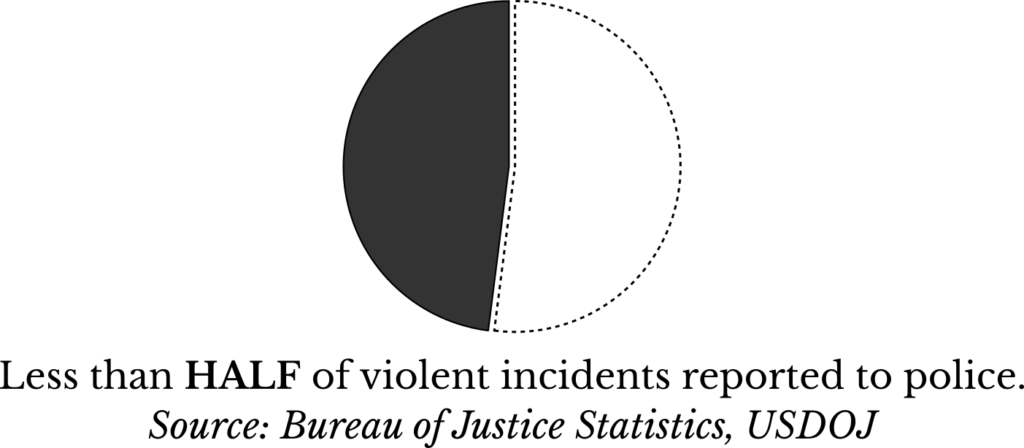
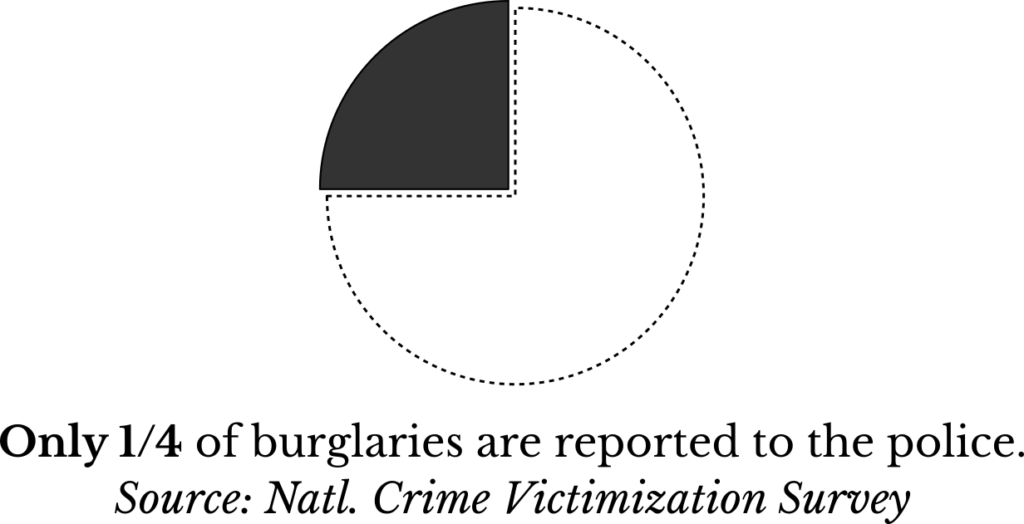
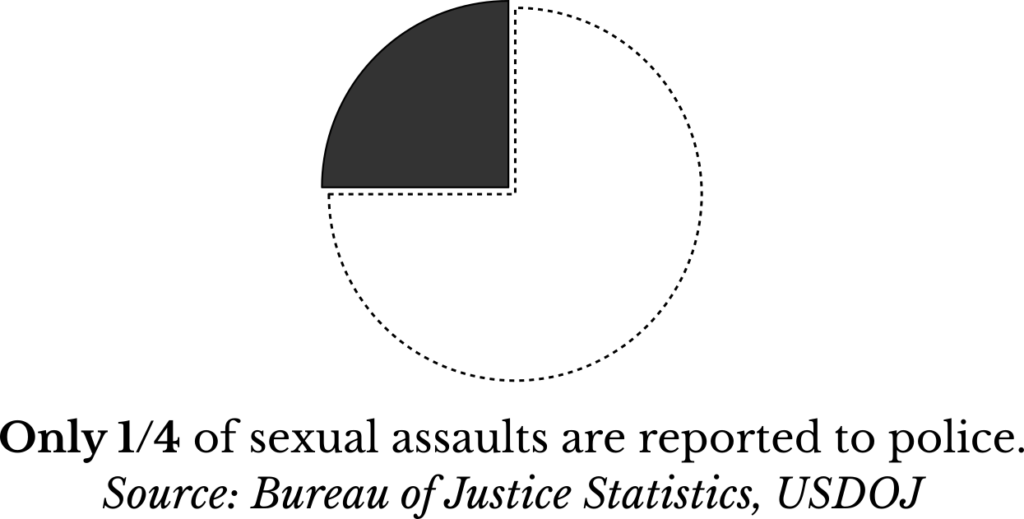
For more guidance on understanding crime stats, we recommend:
- A Journalist’s Guide to the FBI’s 2021 Crime Statistics, Center for Just Journalism
- FBI Crime Data is Out. Here’s What You Need to Know. The Appeal
- Cops Don’t Stop Violence, Community Resource Hub & Interrupting Criminalization. Stats above are documented here. Thorough, with lots of background and specific talking points. Highly recommended.
- What About the Rapists? On sexual violence and police abolition, Mariame Kaba
As The Appeal points out, crime stats are useful for some things:
The FBI publishes historical crime data going all the way back to 1975, which can provide essential context for understanding how year-to-year changes in crime rates fit into longer trends. The increase in homicides during 2020 was one of the largest jumps in decades, but even so, homicides remain well below their peak in the 1980s and early 1990s.
FBI Crime Data is Out. Here’s What You Need to Know.
For some of that longer-term perspective on Greenfield, here’s a chart. Contrary to Deputy Chief Gordon’s claims last summer, no, crime is not as bad as he’s seen it in decades.
